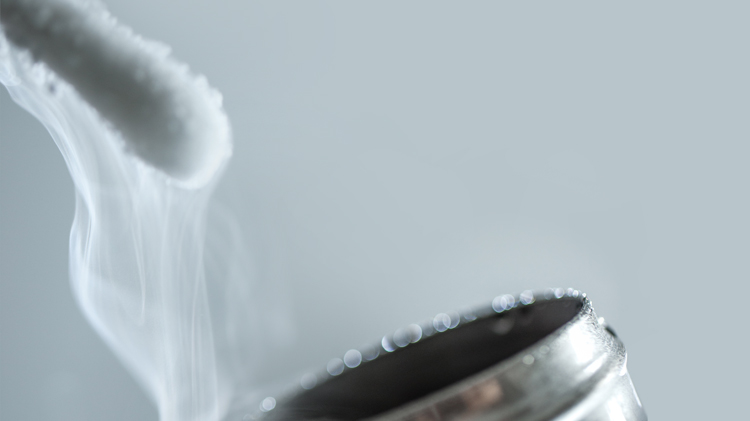Take care with cryotherapy
22 Jun 2020

Cryotherapy is effective, simple and inexpensive – but not without the potential for adverse outcomes
Cryotherapy is a procedure that uses an extremely cold liquid or instrument to freeze and destroy abnormal tissue that requires elimination. It is a widely used procedure for both non-malignant and malignant skin lesions.
As with all procedures, patient selection, discussion with the patient regarding benefits and risks (consent), and careful technique are important.
The Medical Council of NSW has recently received a number of serious complaints from patients related to pain and scarring associated with the use of cryotherapy. MDA National is also aware of several cases where medical practitioners have used prolonged freezing which has resulted in unacceptable scarring, ulceration and nerve damage. In some of these cases, inadequate training and supervision of GP registrars was apparent.
Non-malignant lesions which may be suitable for cryotherapy include warts, seborrhoeic and actinic keratoses, molluscum contagiosum in adults, and spider naevi.
Cryotherapy is used for non-melanoma skin cancers, now known as keratinocyte cancers. It can be used for small basal cell carcinomas, but is not recommended for facial lesions. Small superficial and well-differentiated cutaneous squamous cell carcinomas in low-risk sites can be adequately treated with cryotherapy. The recently released Clinical practice guidelines for keratinocyte cancer by the Cancer Council Australia contains more detailed information.
It is particularly important that doctors are confident in the diagnosis of the lesion, as this determines the dose and number of treatments.
Cryotherapy can be painful – so communication with the patient as to the technique, the possible outcomes and complications, as well as alternative methods of treatment, should form part of the consent process.
Contraindications to cryotherapy
- Undiagnosed skin lesions
- Patients with poor circulation
- Dark-skinned patients
- Patients unable to accept side effects
Precautions
- Some areas are not suitable: corners of eyes, fold of skin between nose and lip, skin surrounding nostrils and skin overlying nerves.
- Recurrent skin cancers after cryotherapy may be more difficult to treat.
- Care should be taken with patients who are at risk of slow healing or skin infection.
- Prolonged freezing may result in scarring.
- Cryotherapy leaves permanent white marks which may be very unsightly, especially in dark-skinned patients.
- Cryotherapy may sometimes cause nerve damage and ongoing pain in some danger areas where the nerves lie superficially (e.g. sides of the fingers).
- Patients should be informed that the treated area will first blister within a few hours. The blister then shrinks to be replaced by a scab within a few days. The area may swell, but that should settle within a few days.
Complications
- Acute complications include oedema and pain.
- Delayed complications include bleeding, local infection, ulceration and prolonged wound healing, pain and hyperpigmentation.
- Long-term complications can occur: e.g. nerve damage, pigmentary changes, hypertrophic scarring, recurrence of the lesion, alopecia and ectropion.
Technique
Technique is critical. It depends on the size, location of the lesion and the depth of freeze required. It is better to freeze lightly the first time and have the patient return if the response is inadequate.
More resources
DermNet NZ
Liquid nitrogen/cryotherapy guidelines
RACGP
Optimising cryosurgery technique
ACCRM
Professional boundaries in healthcare - Part 1
Boundaries with patients present in numerous ways every day and all health practitioners
11 Aug 2025
Understanding Professional Medical Indemnity Insurance
Do you understand the ins and outs of professional medical indemnity insurance?
11 Aug 2025
Professional boundaries in healthcare - Part 2
Boundaries with patients present in numerous ways every day and all health practitioners
11 Aug 2025
Understanding changes to the Fair Work Act
What are the changes to the Fair Work Act and what is my role?
22 Jul 2025






